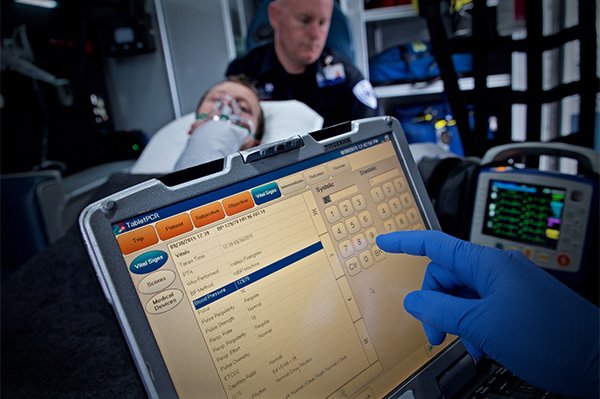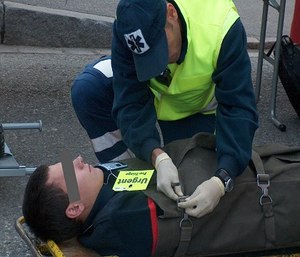
Paramedic terminology can be complex and confusing. That’s because paramedics are highly trained professionals who perform complex life-saving procedures on patients in extreme situations. Nobody wants to become a paramedic’s patient, but if you or a loved one does need paramedic help, there is some paramedic terminology you might want to know.
Here are the 10 paramedic terminology phrases everyone should understand:

This is paramedic terminology for the advanced level of emergency care they administer using invasive life saving procedures, including intravenous (IV) infusions, tracheal intubation, medication administration and electrocardiogram interpretation.
This is a collapse of the circulatory system function and decrease in blood pressure from an allegic reaction. Anaphylaxis is a life-threatening condition that can result in death if not treated immediately. It can be caused by an allergic reaction to medications, bee stings, other insect bites and certain foods. Read how a flight paramedic survived an in-flight case of anaphlaxis.
Uncontrolled rapid heartbeat in the atria of the heart. This condition sounds scary, but it’s not life threatening. It can however cause blood clots which can cause a stroke, which is life threatening.